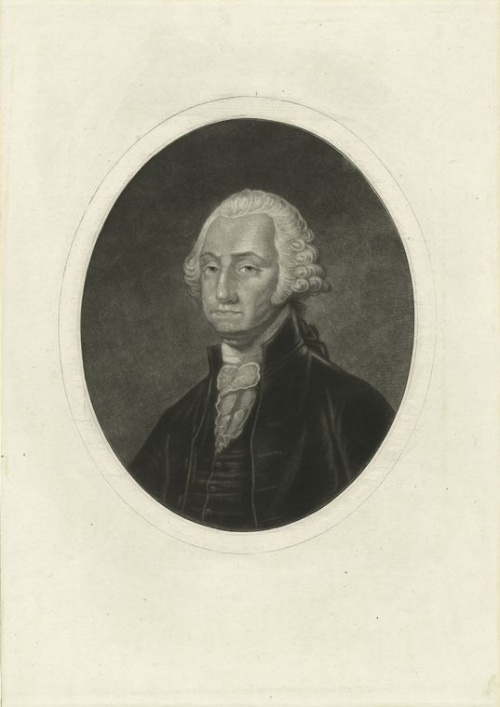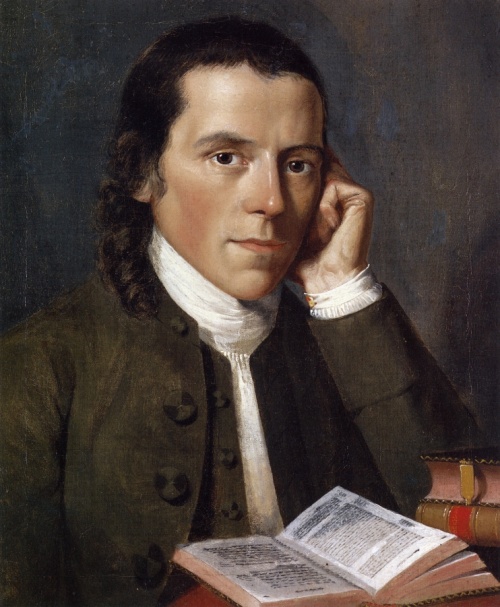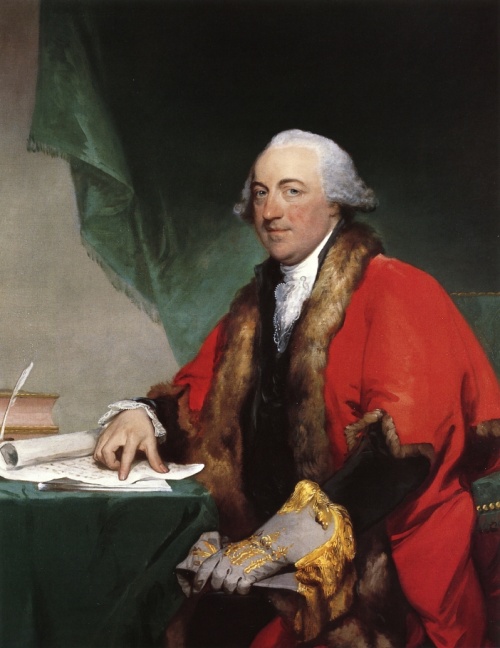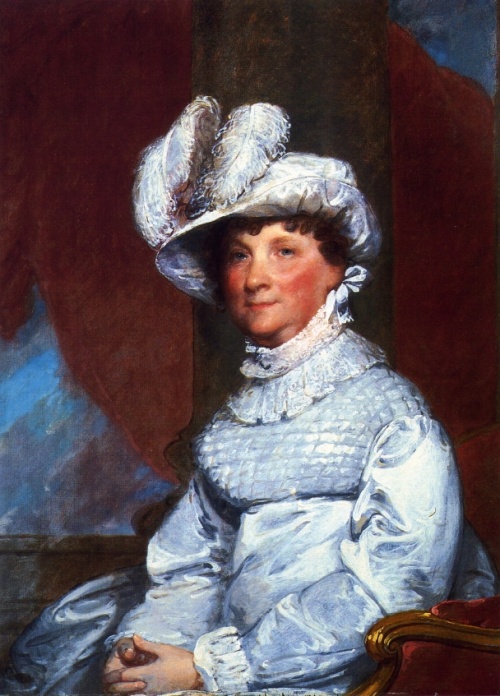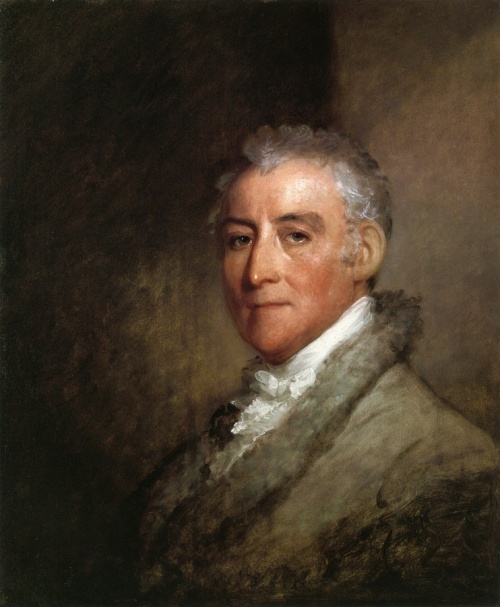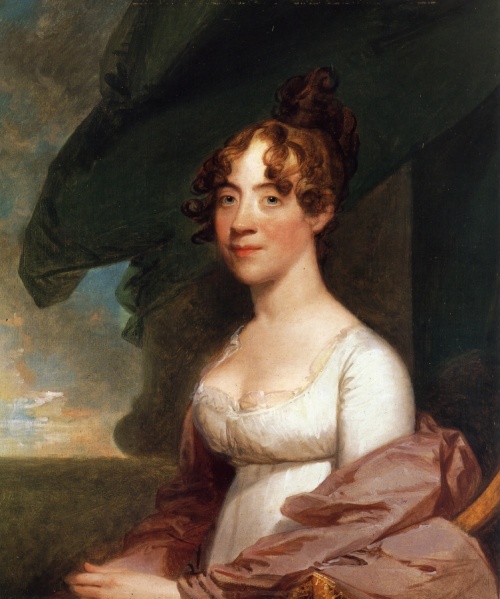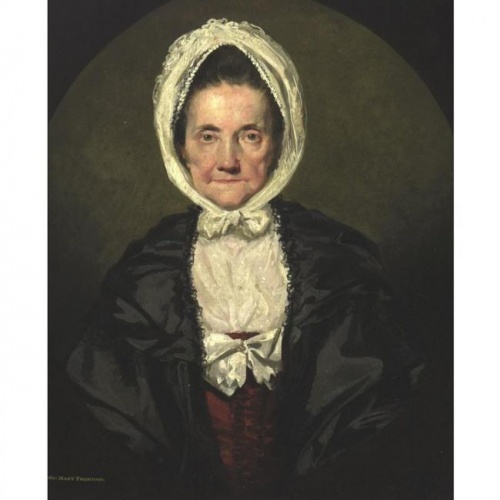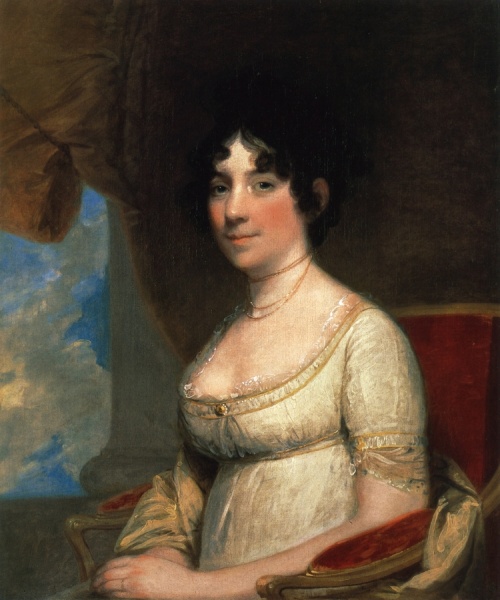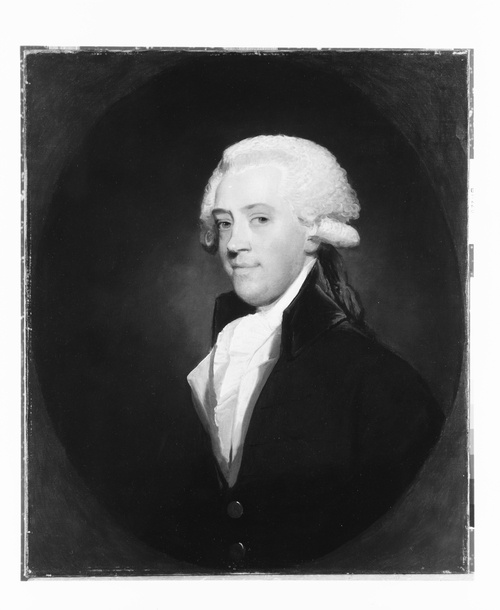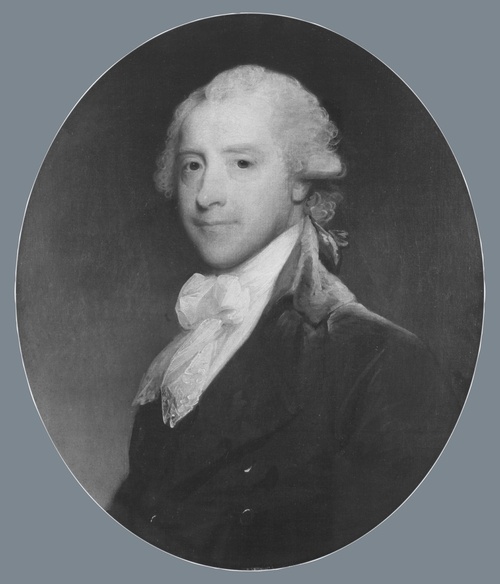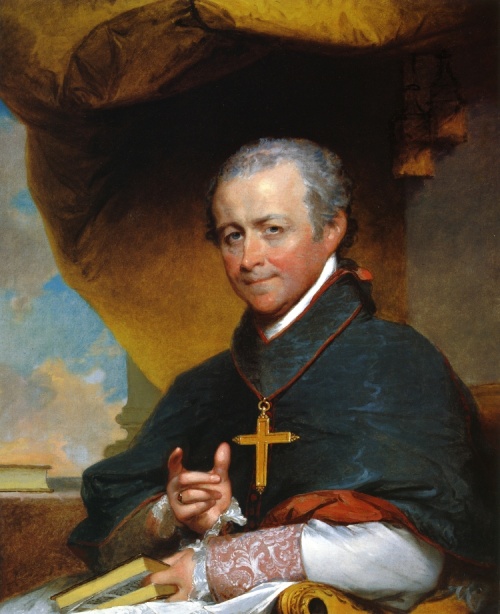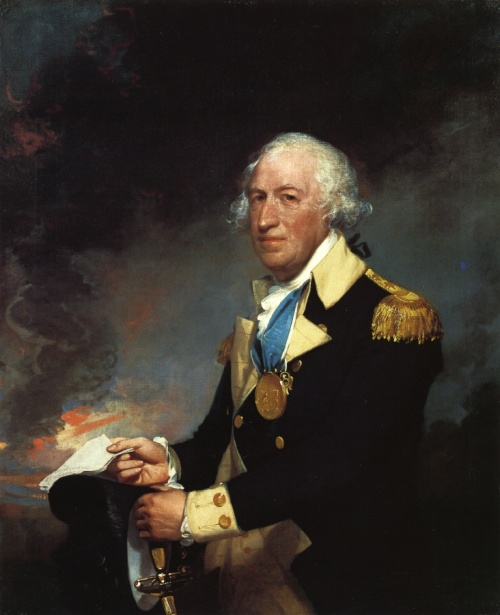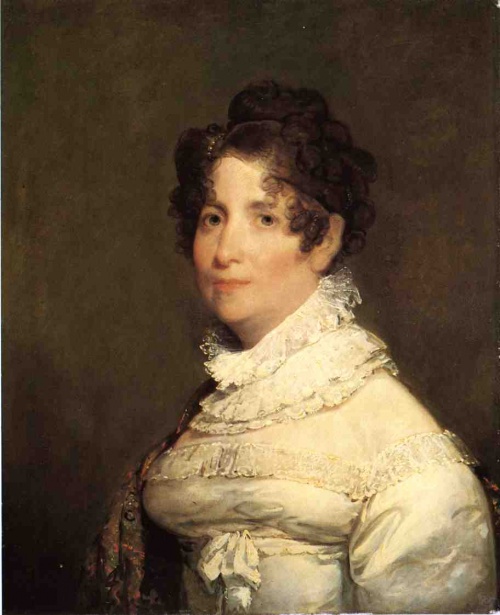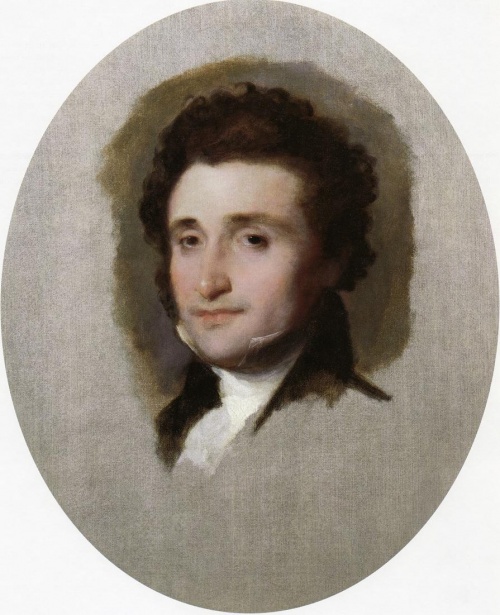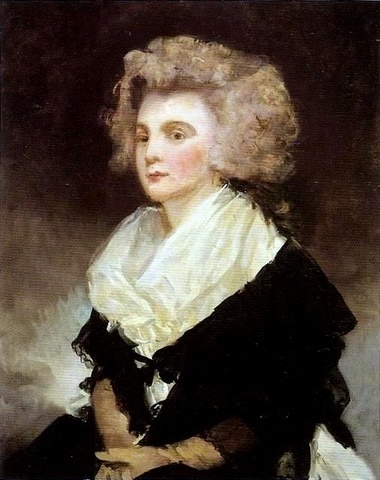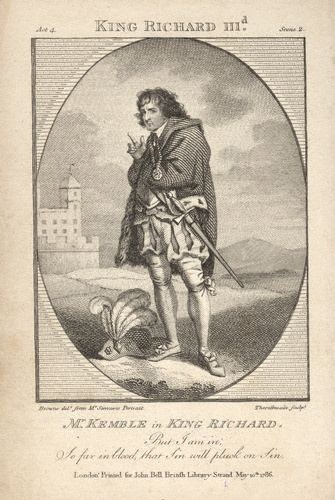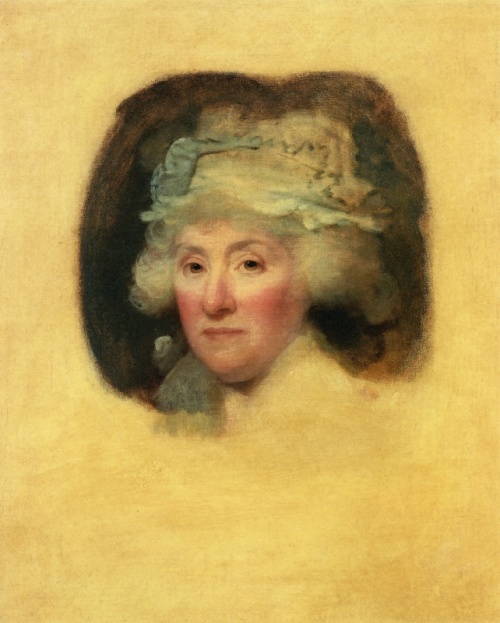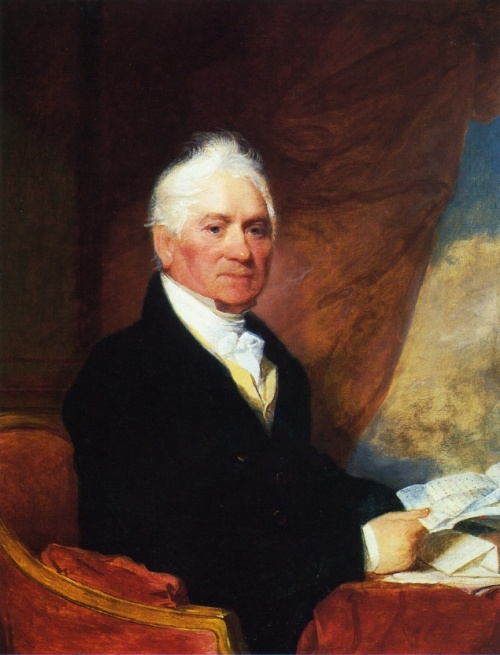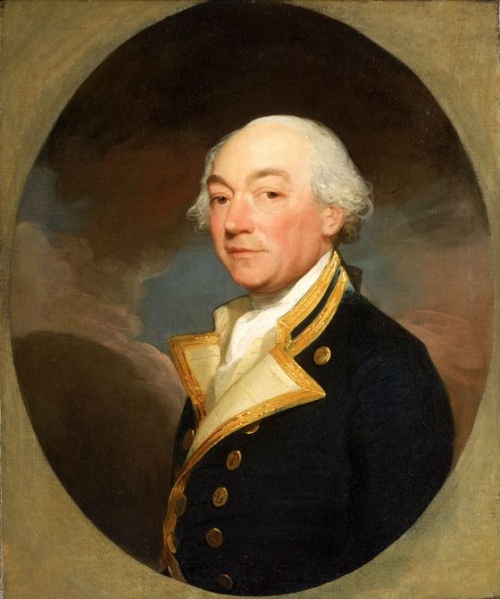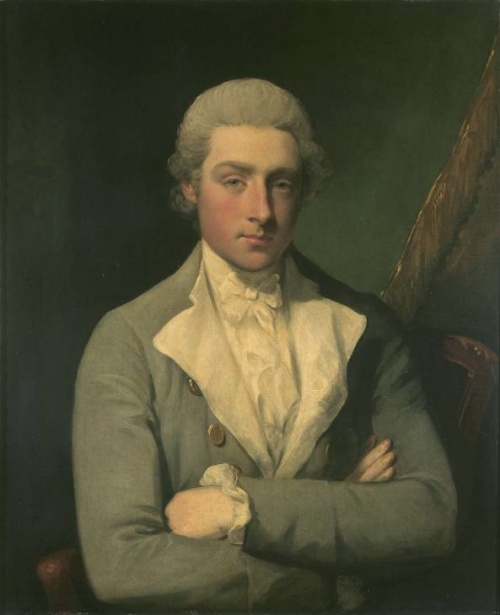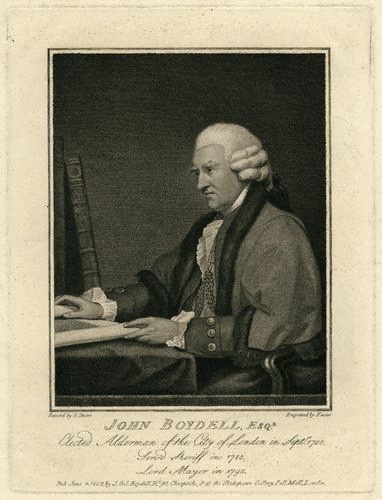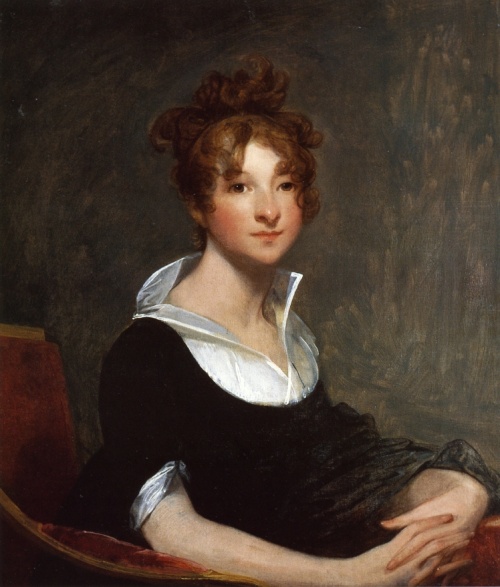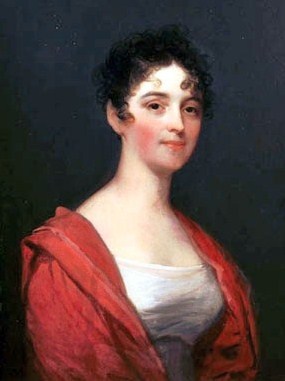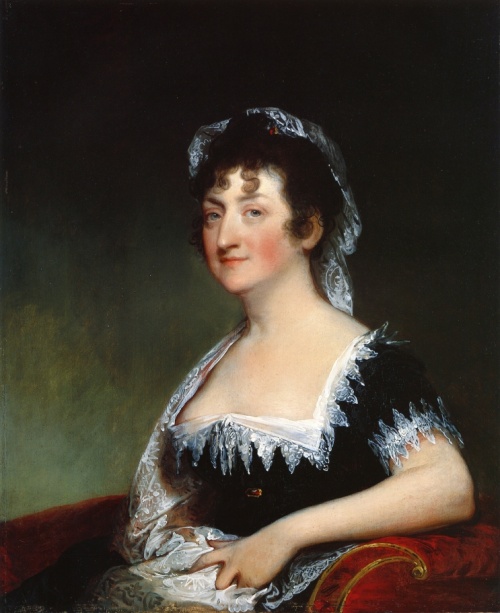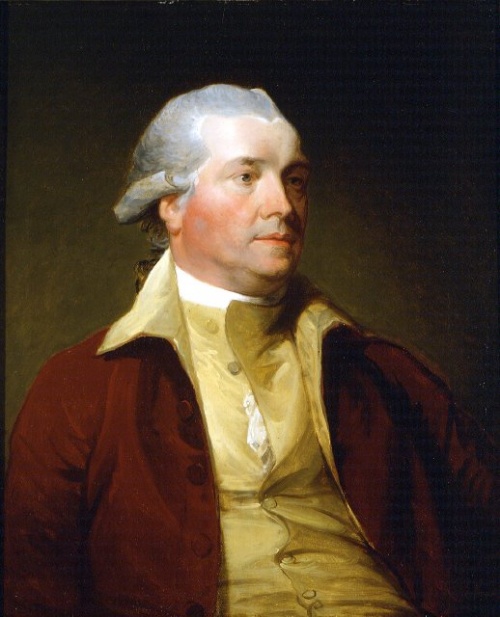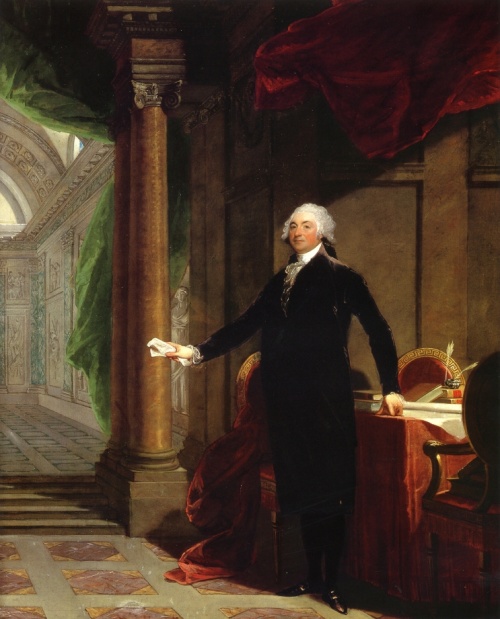American painter Gilbert Stuart (1755-1828) (228 works)
Разрешение картинок от 285x381px до 2517x3000px
Gilbert Charles Stuart (Eng. Gilbert Charles Stuart, December 3, 1755, Saunderstown (Rhode Island) - July 9, 1828, Boston) was an American painter, along with John Singleton Copley, considered the founder of American painting.
He is primarily known as a portrait painter who created more than a thousand portraits of his contemporaries, including the first six US presidents.
Gilbert Stewart was the third child in the family. His father, also Gilbert Stewart, an immigrant from Scotland, worked in a snuff mill, and his mother, Elizabeth Anthony Stewart, came from a family of landowners from Rhode Island. At the age of seven, the future artist and his family moved to Newport. From an early age he showed an aptitude for painting, studied with the Scottish artist Cosmo Alexander, and in 1771, at the age of 14, went with him to Edinburgh to complete his art education. However, Alexander died the following year, and after a short unsuccessful attempt to make a living as a painter, Stuart returned to Newport.
Portrait of William Grant, 1782, National Gallery, Washington.
Since educational prospects in America seemed unfavorable due to the war, and Stuart's family emigrated to Nova Scotia, he went to England again in 1775. He soon began studying with Benjamin West, and already in 1777 he exhibited at the Royal Academy of Arts[1]. His career subsequently developed very successfully, not least thanks to the success of The Skater, and at some point prices for Stuart's paintings exceeded the prices for paintings by the most famous English artists, including Thomas Gainsborough and Joshua Reynolds. However, Stuart was extremely careless with money, and was once almost sent to debtor's prison. In 1787 he fled to Dublin, and in 1793 he returned to the United States, settling in New York.
In 1795, he moved to the suburbs of Philadelphia, where he opened a workshop. There he could not only paint, but also had the opportunity to meet many celebrities. Thus, Stewart completed several portraits of George Washington, including the most famous, unfinished “The Athenaeum.” This portrait was later used to create Washington's portrait on the dollar bill. During his lifetime, Stuart made 130 copies of it.
Portrait of George Washington, 1796, Museum of Fine Arts, Boston).
In 1803, Stewart opened a studio in Washington, and in 1805, due to financial difficulties, he moved to Boston. In 1824 he suffered a stroke, which left him partially paralyzed for the rest of his life. However, he continued to paint in the last two years of his life.
Stewart died in Boston at the age of 72. Due to debts, his wife and daughters were unable to buy him a cemetery plot, and Stuart was buried on Boston Common in a common grave. Ten years later, the family had recovered from financial turmoil and planned to move the artist's remains to Newport, but were unable to identify them.
Currently, Gilbert Stuart is generally recognized as the fundamental figure of American painting. His paintings are in the collections of the most prestigious museums in the United States. The house where he was born has been preserved and in 1930 was turned into a museum.
